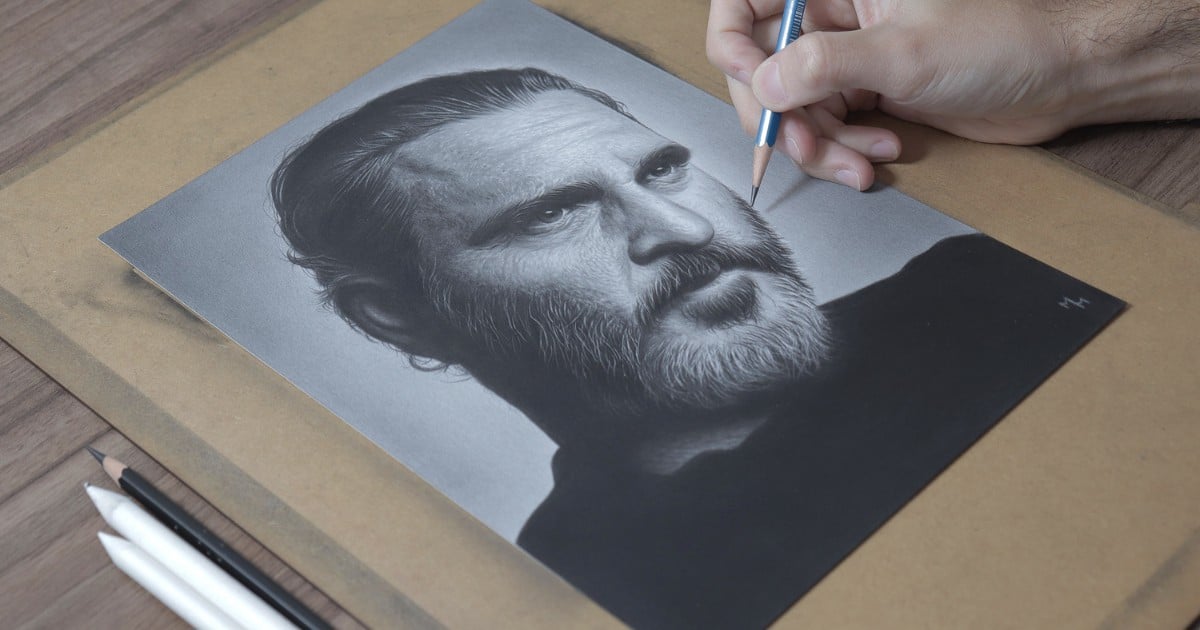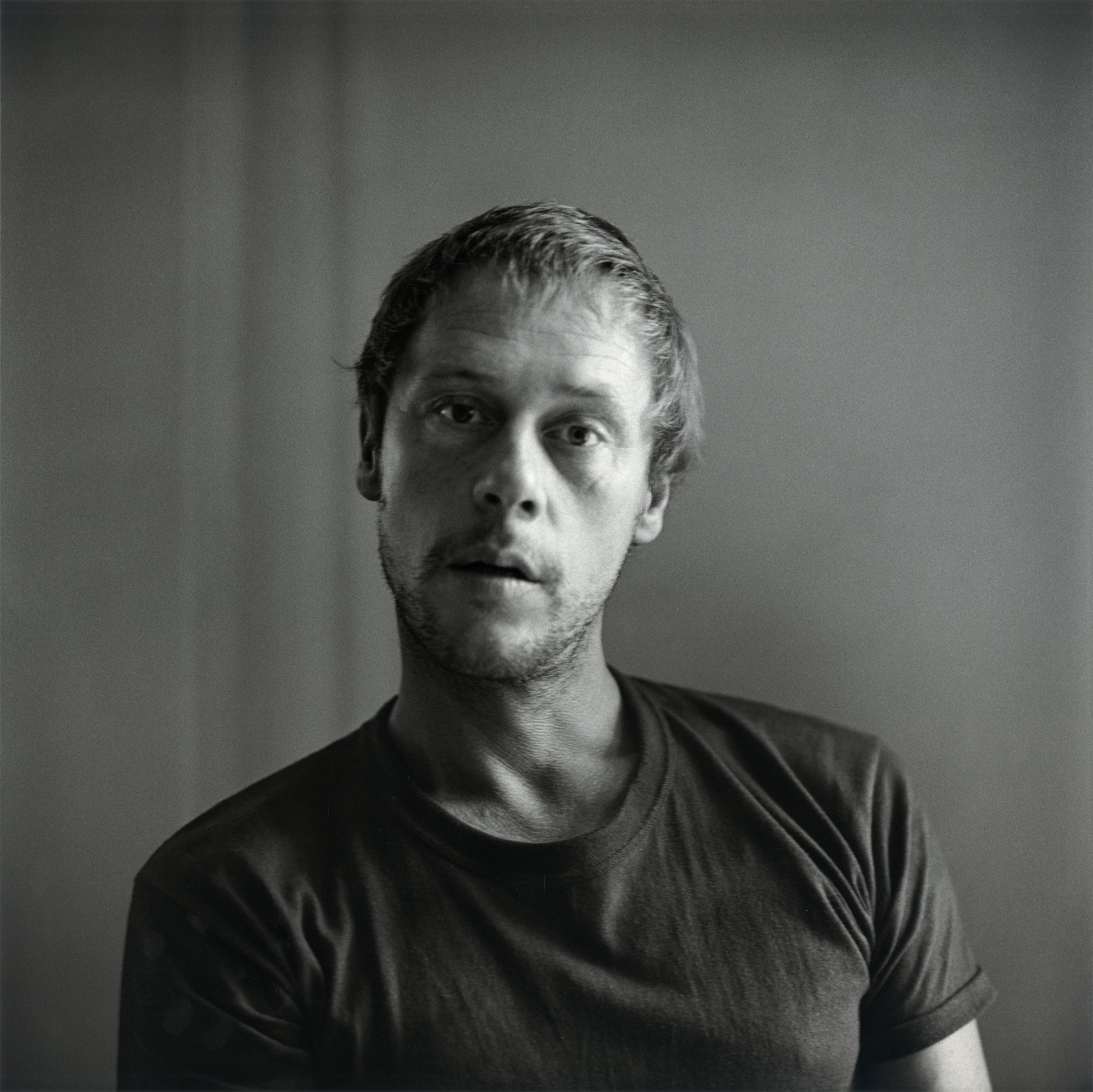Argentum
2016 - Film & Video (Film & Video)
13:07 minutes
Li Xiaofei
Argentum is part of Li Li Xiaofei’s Assembly Line series. The film was shot in Dongchuan, a small town 180 km from Kunming. Ten years ago, in order to attract foreign investment, Dongchuan officially became a district of Kunming, thus giving it access to preferential policies. The government leveled off the tops of several mountains in order to build smelting operations, to grow the economy. Following this, a kind of natural phenomena appeared where smoke would mix with aerosols in a billowing spectacle. The environment is strongly polluted and the land could not be farmed. Because of poor technology, the factory didn’t earn enough benefit to operate fully; therefore, their income is very low. Everyone has no choice but to struggle through this strange phenomenon—this vicious cycle. The Assembly Line series examines the complex relationships between man and machine, management and labor, the individual and the society, as well as the questions of modernity. Li uses his unique documentary technique to combine interviews and scenery in the film. Compared to Li’s other films, Argentum has a more complex narrative. Through different perspectives, the workers, the factory owner, and the officers, Li presents the dilemma of the desire for the growth of the economy and the repercussions on the natural environment, which is the biggest problem of the development of today’s villages in China.
Li Xiaofei initiated Assembly Line in 2010, an ongoing project that records industrialized social change not only China, but as it occurs internationally. “Jindu” Gold City, “Yindu” Silver City, “Tongdu” Copper City, and “Niedu” Nickel City are just few of the many cities in China named after the minerals and metals that are mined and produced there. Li Xiaofei travelled across the country to shoot over 100 factories across China, while initiating dialogue and exchange with people of different positions within the assembly line. Through this documentation process, Li Xiaofei explores what lies beyond the orderliness of the assembly line, the capitalist factory, consumer society, social progress and social morals—the reality of people living in a highly systematic and institutionalized environment. He employed a “real time” shooting technique which was difficult to control, combined with the language of documentary and a fragmented interwoven approach to create a mutual restructuring and a transformation of the relationship between man and machine, in essence to reconstruct an illusory reality.
Colors:
Related works sharing similar palette

© » ANOTHER
The Story Behind Iconic 90s Images of Cameron Diaz, Heath Ledger and More | AnOther As his new exhibition opens in Milan, Michel Haddi tells us the story behind some of his most famous images of Gwyneth Paltrow, Kate Moss, Janet Jackson and more December 11, 2023 Text Gary Grimes Michel Haddi , the legendary French-Algerian fashion photographer, is a big believer in the importance of first impressions...

© » MODERN MET ART
Learn How to Draw Realistic Portraits in This Online Class Home / Classes / Academy Discover the Secrets of Drawing Realistic Portraits (Now on Pre-Sale!) By Jessica Stewart on December 5, 2023 Have you ever seen a realistic portrait and wished that you knew how to create something similar? Thanks to My Modern Met Academy's new course, Realistic Portrait Drawing Made Easy , you'll discover all the tips, tricks, and techniques to produce a portrait that looks incredibly real...

© » KADIST
Du Zhenjun
2010The Tower of Babel is an installation of large-format photographs that forces the audience to occupy a central position through its monumental scale...

© » KADIST
Iván Argote
2019Iván Argote’s As Far As We Could Get comprises a series of video chapters made in the municipality of Palembang, Indonesia and the small town of Neiva, Colombia...

© » KADIST
Andrew Norman Wilson
2019In Andrew Norman Wilson’s work Kodak the artist uses computer-generated imagery to create narratives that question the reliability of images in the age of post-production...

© » SLASH PARIS
Gildas Le Reste — & Guests — Galerie Catherine Putman — Exposition — Slash Paris Connexion Newsletter Twitter Facebook Gildas Le Reste — & Guests — Galerie Catherine Putman — Exposition — Slash Paris Français English Accueil Événements Artistes Lieux Magazine Vidéos Retour Précédent Suivant Gildas Le Reste — & Guests Exposition Dessin, estampe, peinture Gildas Le Reste, Notes de voyage #1, 2023 Encre sur papier marouflé sur toile Gildas Le Reste & Guests Encore 27 jours : 27 janvier → 9 mars 2024 La galerie Catherine Putman est heureuse de proposer une double invitation à Gildas Le Reste, comme artiste et commissaire d’exposition...

© » ARTS EQUATOR
Cloud Gate Dance Theatre of Taiwan: Between East and West, Heaven and Earth | ArtsEquator Thinking and Talking about Arts and Culture in Southeast Asia Articles Liu Chen-hsiang April 8, 2019 By Stephanie Burridge (800 words, four-minute read) Sustainability, remaining fresh and engaging is challenging in the present day, content-saturated global world...

© » WHITEHOT
“Possibly Painting”at Five Myles advertise donate post your art opening recent articles cities contact about article index podcast main February 2024 "The Best Art In The World" "The Best Art In The World" February 2024 “Possibly Painting”at Five Myles Roger Loft: Portraits, 2016 – 2023, epoxy, dynel, fiberglass, wood diverse sizes...

© » KADIST
Tanatchai Bandasak
2019Central Region by Tanatchai Bandasak is a meditation on materiality and time-based media centres on the mysterious, prehistoric ‘standing stones’ of Hintang in Northern Laos: little-studied megaliths which have survived thousands of years of political change and the cataclysmic carpet-bombing of Laos by the United States during the Cold War...

© » KADIST
Edgar Calel
2020The point of departure for Xar – Sueño de obsidiana by Edgar Calel is a poem that the artist wrote in Maya Kaqchikel...

© » KADIST
Teppei Kaneuji
2014In his White Discharge series (2002 to today), arguably his best known works, Kaneuji assembles old toys and plastic scarps into dramatic mounded heaps and covers the surface with white plastic resin, drawing on allusions to landfills, commodity fetishism, and creative repurposing...

© » KADIST
Karan Shrestha
2017After the decade-long conflict (1996-2006) that ended with Nepal becoming a Federal Democratic Republic, political unrest and weak governance continued to mark the country’s future as daily life repeatedly witnessed ruptures...








